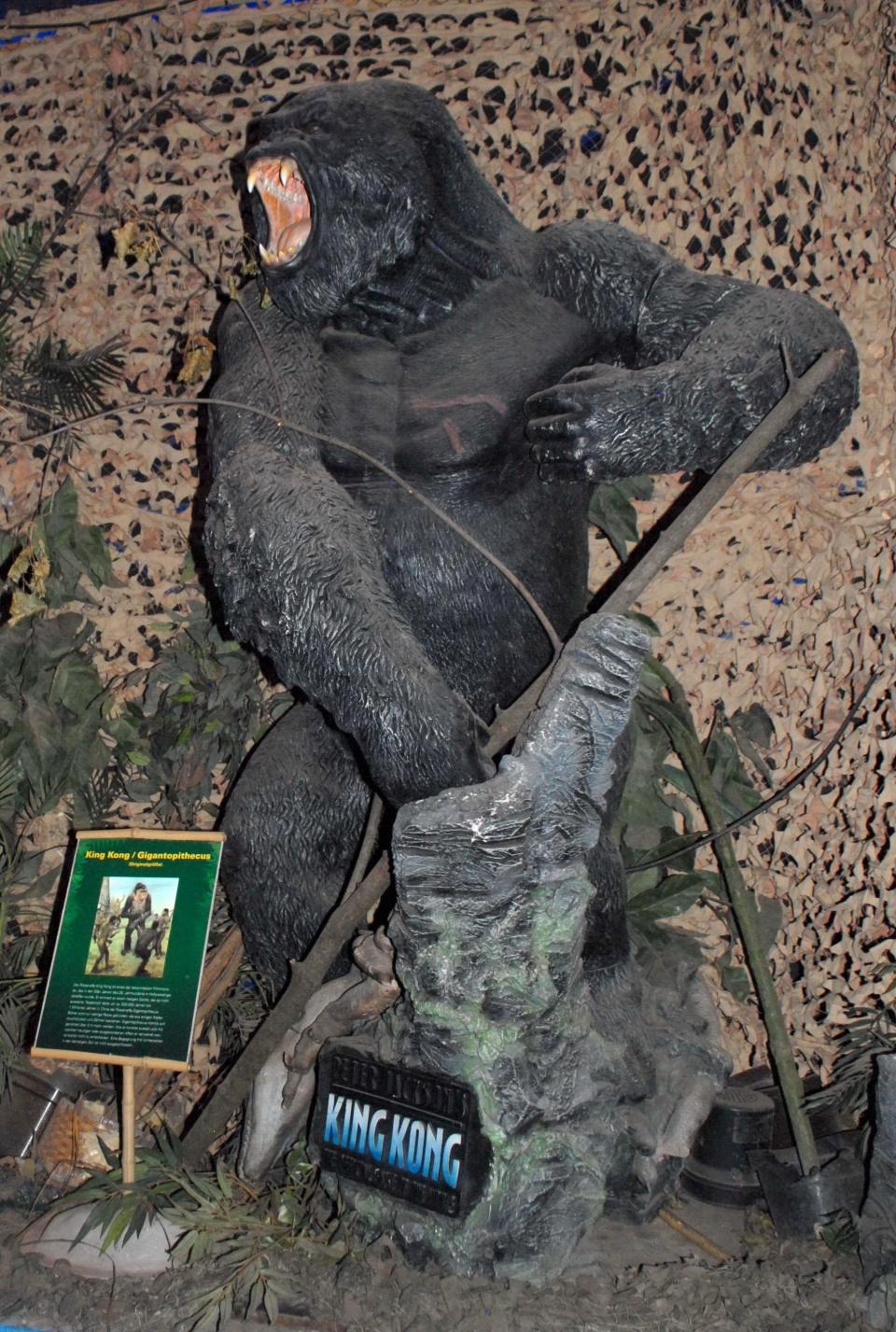Two million year old fossil ‘links 9ft giant ape to living orangutan’

Genetic material found in an ancient tooth from a gigantic ape that lived in southern China millions of years ago has offered a link to orangutans living today.
The breakthrough could offer a new way for us to analyse our own ancestors, scientists believe
The dental enamel dates from 1.9 million years ago, and genetic materials were retreived from the fossils by breaking down their proteins.
The tooth is from a giant ape known as ‘Gigantopithecus blacki’, native to China, which was up to nine feet tall.
READ MORE
Incredible image of Mercury skimming the burning surface of the sun
NASA satellite captures incredible beauty of UK seen from space
Why Iran’s nuclear escalation goes unchallenged
Why cybersecurity should matter to your small business
The researchers say the genetic materials are "the oldest known skeletal proteins sequenced to date" - and offer hope to finding information on our own ancestors.
The researchers say that the findings, published in the journal Nature, show the possibility of extending "the evolutionary relationships between modern humans and extinct ones further back in time, at least up to two million years".
Our paper on a 1.9 million year old 🦧#Gigantopithecus proteome is out. https://t.co/QkkyiQjKrT Supported by @VILLUMFONDEN 🇩🇰 & @MSCActions 🇪🇺 #MSCA_HOPE pic.twitter.com/G1FLVTxPIH
— Frido Welker (@FridoWelker) November 13, 2019
The oldest human fossil remains with conserved DNA date back 400,000 years - leaving a void in evolutionary history.
Frido Welker, a postdoctoral researcher at the Globe Institute, University of Copenhagen, and first author of the study, said: "Primates are relatively close to humans, evolutionary speaking."
He added: "This means that we can potentially retrieve similar information on the evolutionary line leading to humans."
The researchers used a technique known as mass spectrometry to sequence the dental enamel proteins of the Gigantopithecus.
The process involves breaking down proteins into peptides - which are short chains of amino acids - and analysing their masses to figure out their chemical composition.

This technique was also recently used to extract genetic information from a 1.7-million-year-old rhino tooth.
The method has been hailed as a "game changer" by scientists as it is able to acquire genetic information - especially from fossils excavated from subtropical regions - that were previously unobtainable using DNA testing.
Dr Welker said: "Until now, it has only been possible to retrieve genetic information from up to 10,000-year-old fossils in warm, humid areas."
The fossil remains of the Gigantopithecus - comprising a few lower jaws and lots of teeth - were initially discovered in 1935 in Chuifeng Cave in southern China but due to lack of cranial remains, scientists were unable to reconstruct the physical appearance of this mysterious animal.

 Yahoo Finance
Yahoo Finance 
